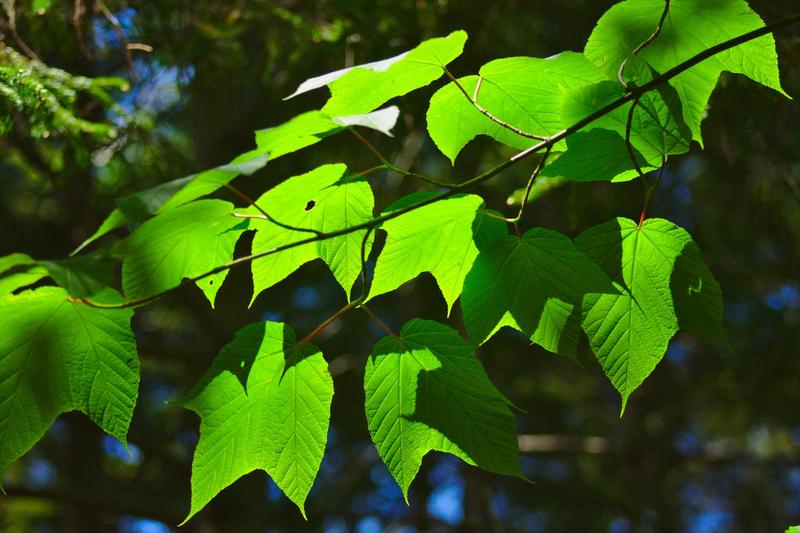
Book Review: Forest Therapy by Sarah Ivens
"Go outside in nature more."
That was the core message of my book club's recent read, Forest Therapy: Seasonal Ways to Embrace Nature for a Happier You by Sarah Ivens. Go outside, enjoy nature, welcome the seasons into your home, receive the benefits of a life more connected to the natural world.
While several women in the book club loved the book, I finished reading the introduction thinking I wasn't the book's primary audience. Why not? Sarah Ivens began the book with stories of her youth, spent in the woods near London. She grew up in nature, and like many children, being in nature and paying attention to the seasons was second nature. She contrasts this with her adulthood, living in a drab apartment in a big city, where finding trees to walk under takes effort. Her adulthood is removed from nature.
Mine is not. I was reminded of the walk I had in grad school, on my near-daily commute from my apartment to campus: 17 minutes of being-in-the-world from my door to the Boston subway. Despite being in a city and its suburbs, there were yellow forsythia blossoms in spring. Green grass and butterflies all summer. Red and orange leaves coating the sidewalk in the fall. I walked in the rain, in sleet, in snow, in sun. I was in touch with the weather and seasons because I was outside every day. Now, living in Idaho, I'm again outside every day: in my yard, at parks with the kids, going on long walks through the neighborhood.
This book's primary audience is the person disconnected from nature, someone for whom going outside every day is not normal. And so, I finished the introduction thinking I might not gain much from the book.
First impressions can be accurate. This book could definitely be a good reference for someone looking for ideas for how to engage more deeply with nature throughout the year. It prompted some fun discussion at our book club to that effect. But if you are already regularly in touch with the natural world, then you probably won't gain much from reading it. I gained a few things, but not as much as I would have liked.

Value nature and go outside in all seasons
The early chapters focus on why you ought to care about valuing nature in your life. Ivens discusses the benefits of being in nature, such as environmental psychology research on how being outdoors, walking in forests, or simply having a view of nature can improve mental well-being and creativity. She explains how she made nature a priority in her life, mostly by taking small actions to adjust her habits to include the outdoors—hanging photos of the outdoors, going on regular nature walks, doing more seasonal activities.
Ivens quotes a Norwegian saying: "There is no bad weather, just bad clothes," which falls perfectly in line with how my family does things. Dress for the weather and you can have fun outdoors no matter what.
She spends a chapter on each season, suggesting season-specific activities. The best one: hosting seasonal dinner parties or garden parties, with decorations, food, and even location dependent on the current season. She suggested taking dates with your spouse outdoors—picnics, walks, watching the clouds. She also talked about parenting outdoors (namely, that it's good for kids to be outside more!), which felt irrelevant to me—our kids are outside every day already. We aren't the sort who need to come up with silly games to entice our kids to leave the house.
If you're interested in natural beauty, Ivens spent a whole chapter on food, scents, exercise, and other nature-related tips. She also talked about edible flowers, which is a section I might reference again. Last summer, we collected dandelions from our yard to make dandelion shortbread, which was fun and delicious. I'd enjoy learning what else we can forage!
The book did do a good job reminding me to be mindful. Each chapter ends with a brief mindfulness meditation. There were also frequent suggestions for journaling, reflective thought, and reminders that it's necessary to take time for yourself (something I know, but as a parent not something I always make time for). The book ended with a question—a reminder, really, that life is short and perhaps we should be more intentional about how we live: Looking back, what will you wish you spent more time, or less time, doing together with your family and friends?

Book Review: Live Not by Lies by Rod Dreher: A Manual for Christian Dissidents
